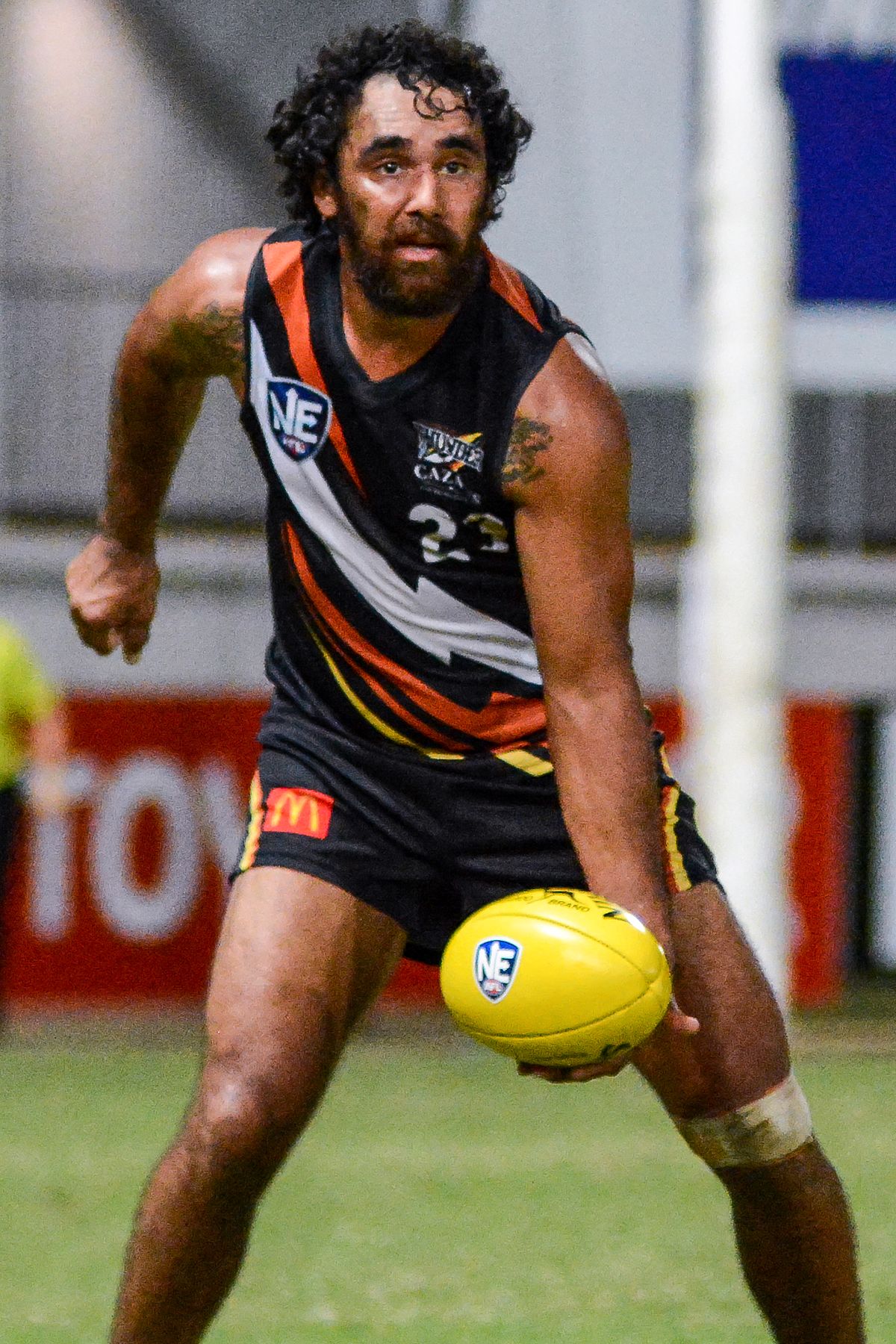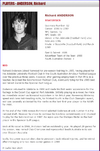- Thread starter
- #76
I always wonder if Griffiths would have made it if he didn't keep getting concussed...
When Nathan Brown
snapped his leg we were finals bound. He was unstoppable building up to that game. Absolutely heartbreaking.
When Nathan Brown
PLAYERCARDSTART
22
Nathan Brown
- Age
- 35
- Ht
- 196cm
- Wt
- 99kg
- Pos.
- Def
Career
Season
Last 5
- D
- 8.8
- 2star
- K
- 3.9
- 2star
- HB
- 4.9
- 4star
- M
- 2.7
- 3star
- T
- 1.8
- 4star
No current season stats available
- D
- 6.4
- 2star
- K
- 3.2
- 2star
- HB
- 3.2
- 3star
- M
- 1.8
- 2star
- T
- 2.8
- 5star
PLAYERCARDEND







